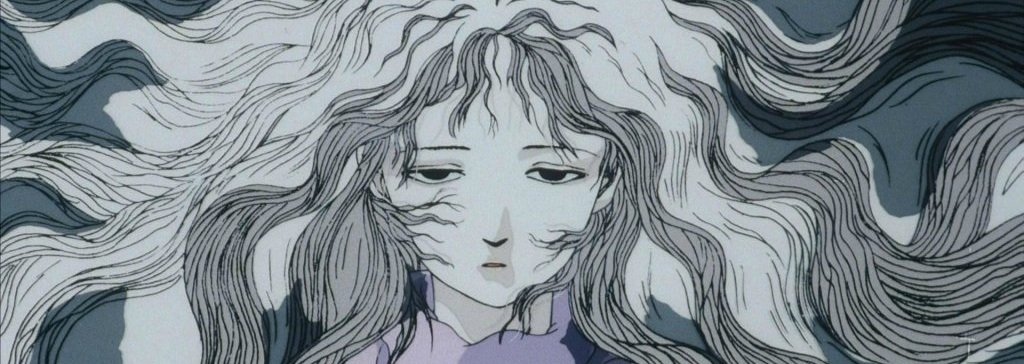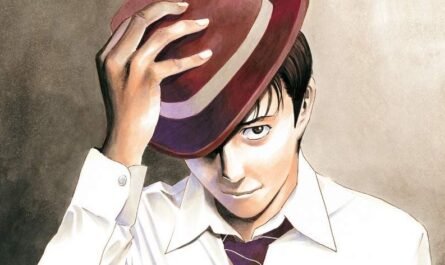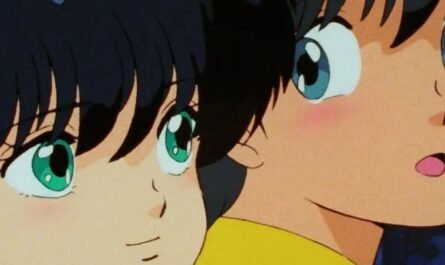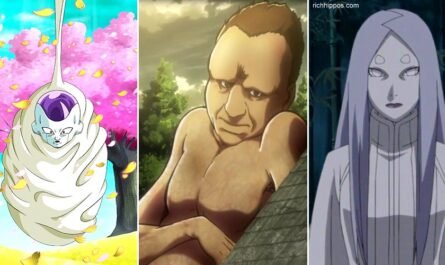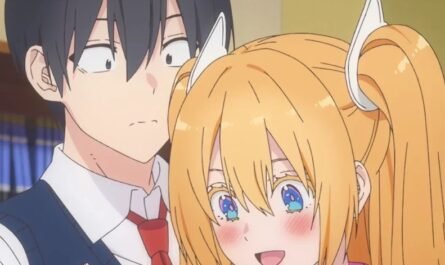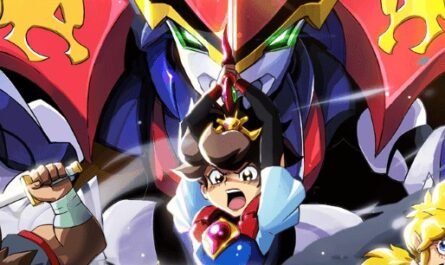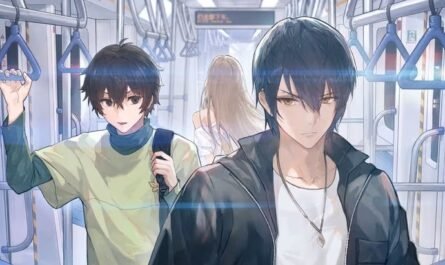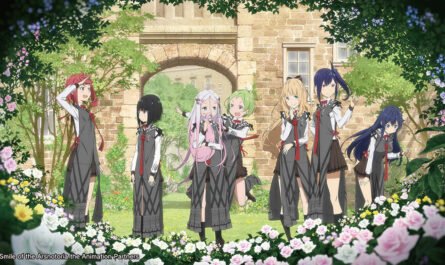Yasuhiro Nagura, an animator who has made significant contributions to the development of the anime industry through his work as a character designer on “Moomins” and “Metropolis,” continues to actively work in the industry, serving as animation director on “The Tatami Time Machine Blues” and “Inu-Oh.” He is also expanding his horizons as an illustrator and author of picture books.
The 1985 OVA “Angel’s Egg,” for which Nagura served as animation director, is being released worldwide in a 4K remaster. Director Mamoru Oshii praised its delicate animation. We spoke with Yasuhiro Nagura, who played a key role in “Angel’s Egg,” about the behind-the-scenes story of the project.
A 4K remaster of the OVA “Angel’s Egg” has been announced for 2025, the 40th anniversary of its release. What were your thoughts when you heard about this project? Nagura: It’s profoundly moving to see the OVA “Angel’s Egg,” produced 40 years ago, being revived in the Reiwa era. I hope that this Dolby Cinema version will increase the opportunities for generations unfamiliar with “Angel’s Egg” to watch it.
What kind of work were you doing when you accepted the offer to participate in the production of “Angel’s Egg”? Nagura: I was around 25 or 26 years old, having just finished working on the TV anime “Memole the Witch” (now Toei Animation) and participating in the theatrical release of Kenji Miyazawa’s “Night on the Galactic Railroad” (Group Tac). Please tell us how you became involved in the production and what your impression of Director Oshii was at the time. Nagura: It all started when I received a call from Toshio Suzuki of Animage’s editorial department asking if I would like to participate in Oshii’s new work, “Angel’s Egg.”
I was already drawn to the articles about “Angel’s Egg” that had been serialized in Animage, so I was surprised and thrilled. I knew very little about Oshii’s work outside of “Urusei Yatsura,” but when I met him, I was impressed by his articulate way of speaking and his friendly, round eyes.
This is an original work that is so characteristic of Director Oshii. What were your impressions when you looked at the setting and story notes? Nagura: As Oshii’s first original work, it felt like a story that hadn’t been released until now was finally condensed during the long wait and released into the world all at once. I wasn’t involved from the planning stage, so I was familiar with the worldview from Amano Yoshitaka’s concept drawings published in Animage.
When I first joined, I was only supposed to be a key animator, but the animation director was having difficulty. One day, Oshii suddenly asked me, “Would you like to be an animation director?” He liked the layout I drew, which was the deciding factor. Please tell us your impressions of Amano Yoshitaka, who designed the world, including the characters, for this work. Nagura: Up until then, Amano’s drawings had had a strong American comic-like style, but the image drawings for “Tentama” had a blend of Western and Eastern brushstrokes and colors that really drew me in. Amano himself had already left Studio Deen in Nishi-Ogikubo after completing the image drawings, so I met him after the first preview screening.
What were your priorities when it came to bringing Amano’s characters to life in animation? Nagura: Because there’s a significant gap between the image drawings and the animation drawings, trying to make the characters look similar would instantly result in a stiff drawing, and the expressions would be lost. So I kept the resemblance to a minimum and focused primarily on the character’s atmosphere and mood. I attempted to intentionally create a striking effect by adjusting the timing of the girl’s hair movement. Still, I wanted the girl’s presence itself to leave a fleeting impression, so I traced the loose hair to avoid heavy movements. In contrast, I used a lot of shadows to create the boy’s cool and sharp impression.
What kind of animation instructions did Director Oshii give you? Nagura: From the early stages, Oshii explained that the boy should be “still” and the girl “moving.” As for the backgrounds, art director Kobayashi Shichiro was particular about adding another cel on top of the already completed background, and then adding touches on top of that to create a heavy finish. The dark scenes and the diverse depictions of rain and water also gave the entire work a gloomy atmosphere and a sense of tension. When I was shown the backgrounds for the first time, I was so impressed by their level of completion that I prepared myself for the fact that I was involved in a complex project.

